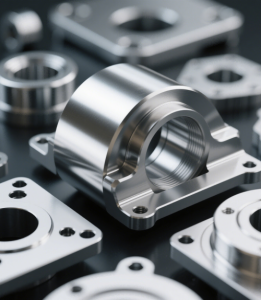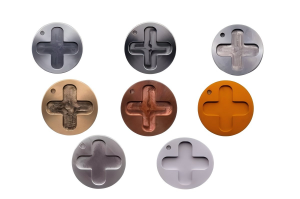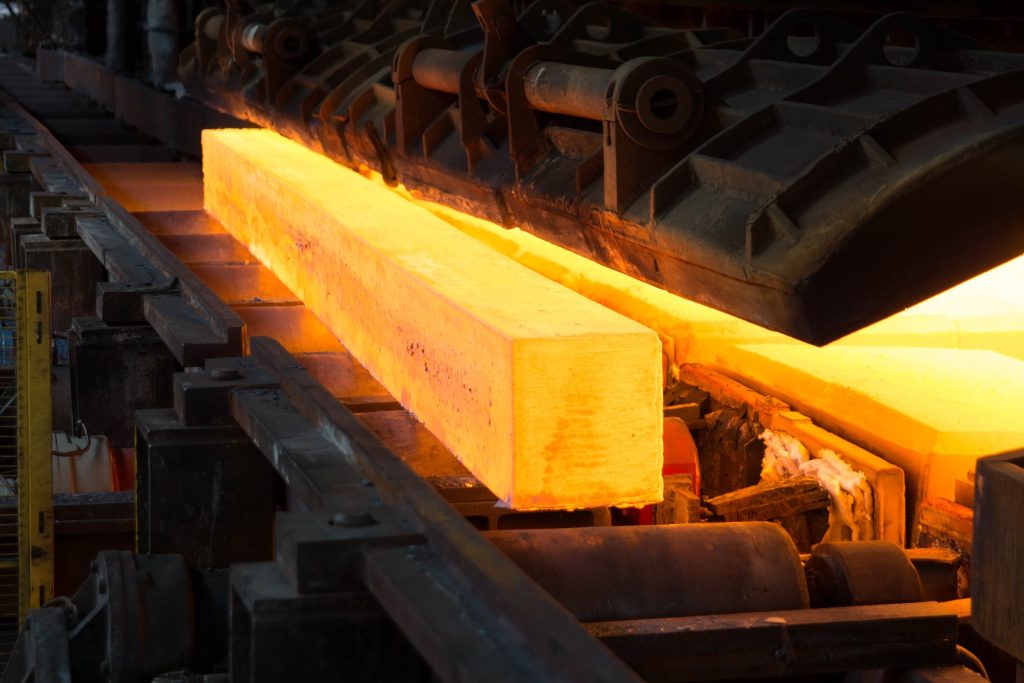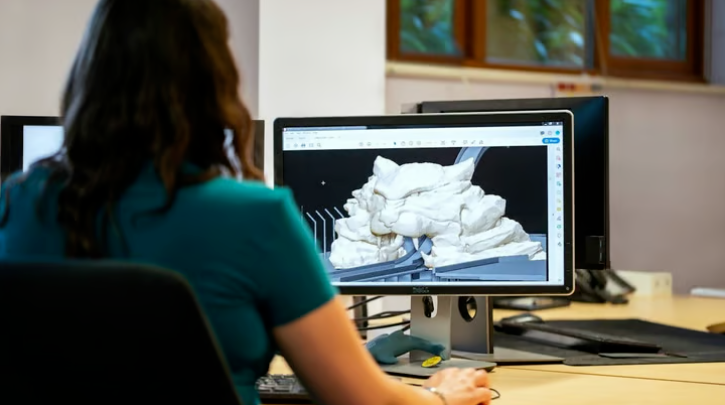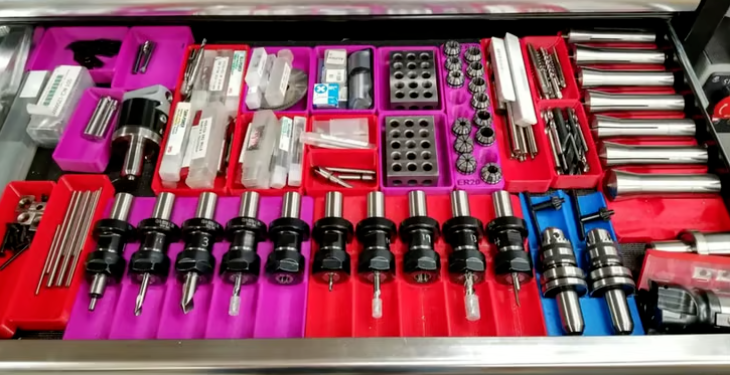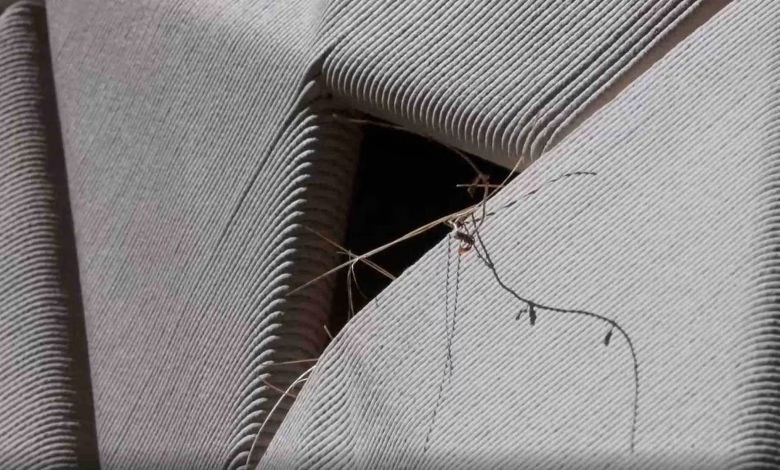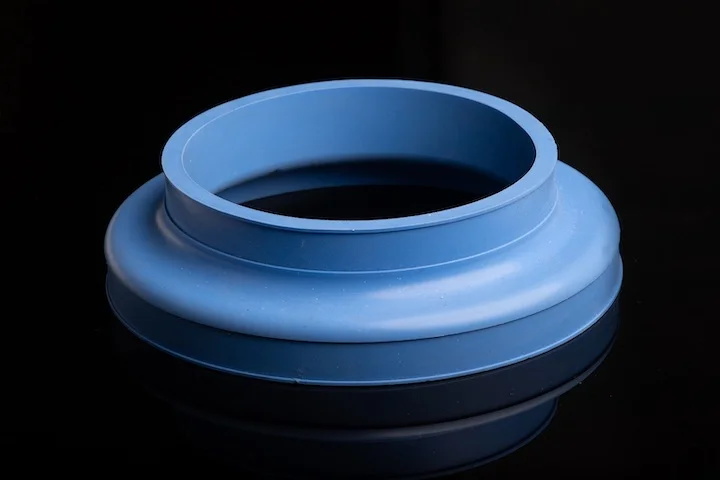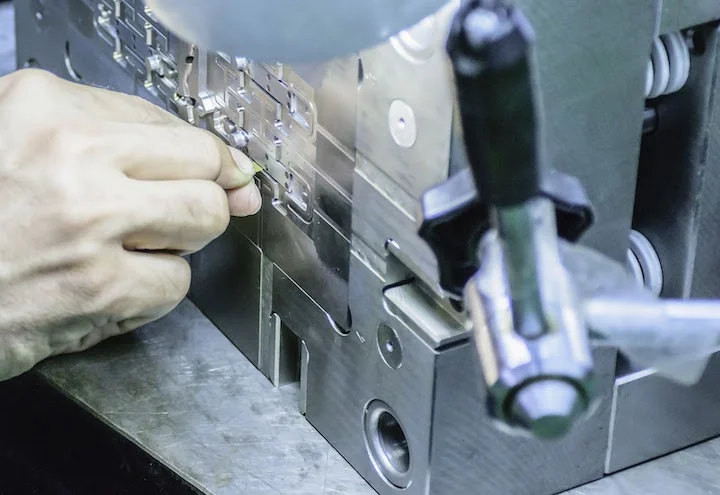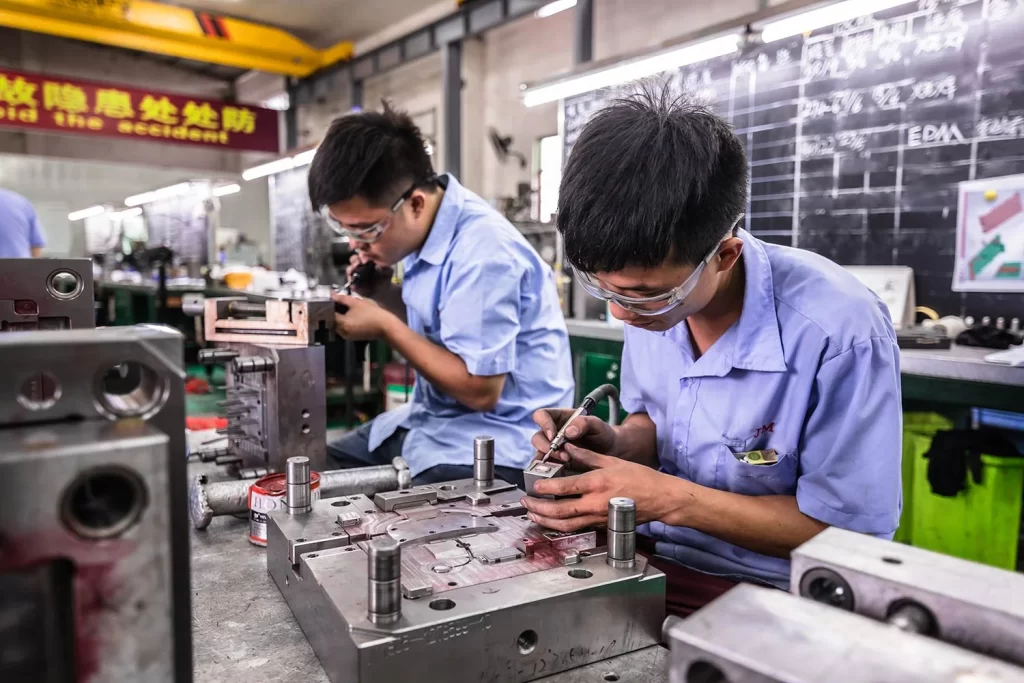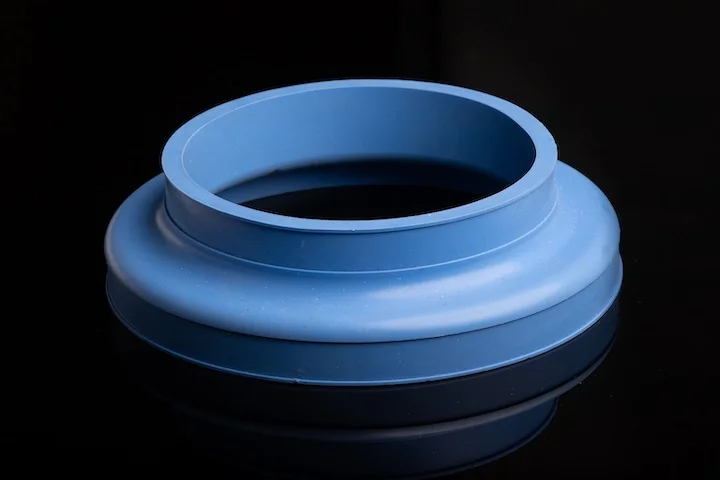Sheet metal bending requires metal materials, metal brakes, bending tools, gauges, vises, radius tables, furnaces (for hot bending), and post-identification testing laboratories. In the first process, the correct radius and metal bending/braking machine enter a sequential program for preprocessing. The combination of material and radius then determines whether the process requires room temperature or a high recrystallization temperature. The material, under clamping force and end mechanisms, enters the corresponding section to form the final dimensions. This complete process requires final identification of physical and mechanical properties according to construction codes and standards.

Tools for Bending Sheet Metal
Tools are fundamental to the process, as incorrect tool selection can make the process lengthy and flawed. The following tools transform multi-radius and thickness bending processes into useful products:
- Metal brake
- Dies and preforms
- Vises
- Gauges
- Pliers
- Work handling trolleys
- Testing tools
- Heating furnaces
- Lubrication guns
Manual handling trolleys transfer work from one place to another for bending and measuring. Dies and preforms measure the final work radius and angle according to technical specifications and drawings.
Types of Sheet Metal Folding Techniques
Metal bending techniques can bend sheet metal in different directions for multi-dimensional manufacturing. Each technique uses specific metal bending tools to achieve bends within tolerances. Table 1 lists descriptions of different techniques:Different types of folded sheet metal technologies exist as shown in Figures 1,2,3 and XNUMX.
| Sheet Metal Technique | Description |
|---|---|
| V-bending | The plunger of the metal brake applies force to the bottom point of a V-shaped cavity, pressing the workpiece against the cavity bottom with additional force. |
| Air bending | The plunger applies force to a partial distance of the cavity, and the workpiece does not contact the bottom, resulting in a bend angle always less than 90 degrees. |
| Coining | This technique requires approximately ten times the force of V-bending to prevent springback. When the material reaches the plastic deformation range via extra force, increased strain avoids springback, maintaining a permanent shape. |
| Roll bending | Roll bending forms a radius by applying force at three points. The minimum radius is larger than that of metal brake equipment because three rollers can only maintain a minimum radius at extreme positions. Hot bending is an option for stock thickness sheets within the equipment’s capacity. |
| Stretch bending | This provides custom bending for special molds to form specific patterns, involving extra costs due to machining processes and custom mold fabrication for each design. |

Figure 1 V-bend.

Figure 2. air bending.

Figure 3. bending casting.
What Bends Metal?
The bending force from a plunger (via drawing, hammering, metal forming, or heat) causes the sheet metal to yield at its stress point and deform plastically. Sheet metal brakes facilitate this process. Bending workshops centralize all metalworking processes, as the output of one process often becomes the input for the next.
Industrial Sheet Metal Brakes
Industrial metal bending applications involve large-scale and mass production for specific brands or products. Thus, the industry requires reliable bending services that can handle blank thicknesses without defects. Custom metal brakes are common for industrial jobs of varying sizes and qualities, available in the engineering market to provide custom solutions for bending sheet metal at standard angles.
How to Bend Sheet Metal by Hand
Bending sheet metal doesn’t always require heavy equipment. It can be done manually with mechanical advantage, using a roller fixed in a vise and following bending guidelines. Material selection is crucial, as different materials exhibit varying elastic moduli and stress-strain curves.
What Thickness of Sheet Metal Can Be Bent by Hand?
The optimal thickness for hand-bending carbon steel with a vise is 1-2 mm. However, this depends on the material’s texture, strength, and grade. Since each material has a unique stress-strain curve, bending thickness is irrelevant without knowing the material’s properties. Manual processes also lack precision.
Sheet Metal Bend Allowance
Bend allowance depends on the following factors for the curved path’s radius and tolerance:
- Bend angle
- Bend radius
- Constant K value
- Plate thickness
The formula is:
Bend Allowance = A (π/180) (R + KT)
- A = Bend angle (in degrees)
- R = Bend radius (meters)
- K = Constant value
- T = Thickness
Theoretical calculations are complemented by empirical values, as formulaic errors can affect real-world results.
Sheet Metal Bend Radius Chart
Whether for incremental bending or full coining, standard charts guide the process. Table 2 outlines minimum bend radii for different materials:
| Material | Minimum Bend Radius |
|---|---|
| Steel | 4t |
| Bronze | 4t |
| Aluminum | 6t |
| Stainless Steel | 6t |
| Titanium | 3t |
| Magnesium | 13t |
Note: “t” denotes the material thickness. For example, a 5 mm carbon steel plate has a minimum bend radius of 20 mm (4t). However, this value is not absolute—factors like grain size and heat treatment influence it.
Straightening Bent Metal
A key challenge in sheet metal bending is that plastically deformed materials rarely return to their original shape, which can violate safety rules. Solutions include increasing coining allowance, bending at an appropriate radius, or using heating to soften the material for permanent deformation.
What Is the Best Way to Bend Sheet Metal?
The best approach involves calculating bend allowance, adding a safety margin, and using a V-bending or roll-bending machine at room or high temperature—ensuring the material’s texture and microstructure remain intact. Testing a prototype with identical parameters is also recommended.
What Is the Easiest Way to Bend Metal?
The easiest method uses a metal brake with a large radius, thin material, and minimal heating (if needed). However, simplicity is secondary in industry, where microstructural and metallurgical qualifications often complicate the process.
How to Bend Sheet Metal Without a Brake
Bending without a brake is a common, quick technique in workshops, requiring tools like a vise, radius profile (e.g., wood), hammer, heating torch, and angle gauge. Alternatives include roll bending or pipe bending.
6 Key Tips for Bending Sheet Metal
- Calculate Bend Allowance: Include practical deviation margins before processing.
- Mark Bend Lines: Visually guide the bending process.
- Use a Radius Profile: Place it under the workpiece for consistent radius formation.
- Inspect the Surface: Check for early cracks or defects.
- Apply Heat: Soften the material with a torch with caution.
- Measure with an Angle Gauge: Ensure the bend matches the target radius.
Why Choose Debaolong Seiko for Custom Metal Bending Parts
Custom metal bending requiring certifications (e.g., ASME, ASTM, GB) exceeds ordinary workshop capabilities. Debaolong Seiko, with ISO and material certifications, specializes in precision bending and CNC machining, translating technical drawings into final products with expertise.

